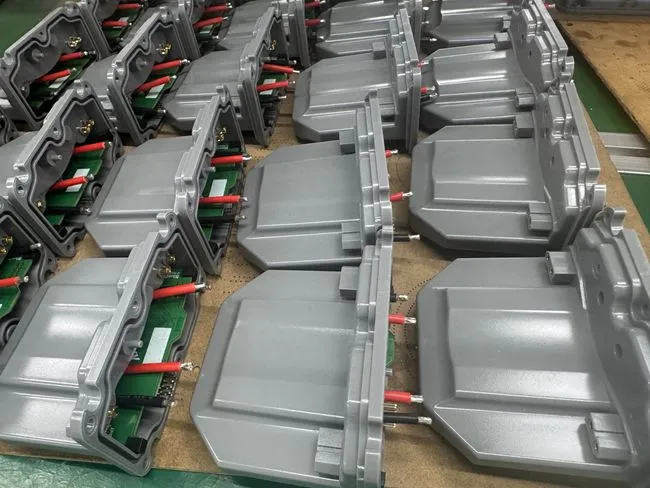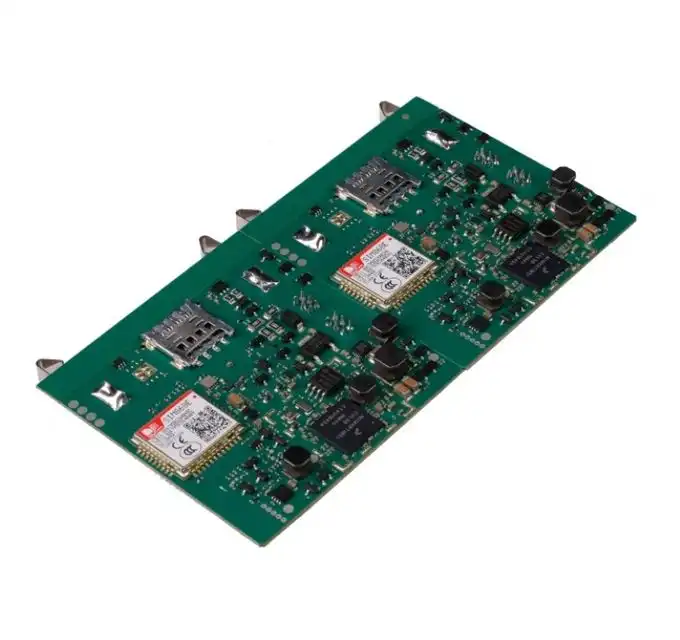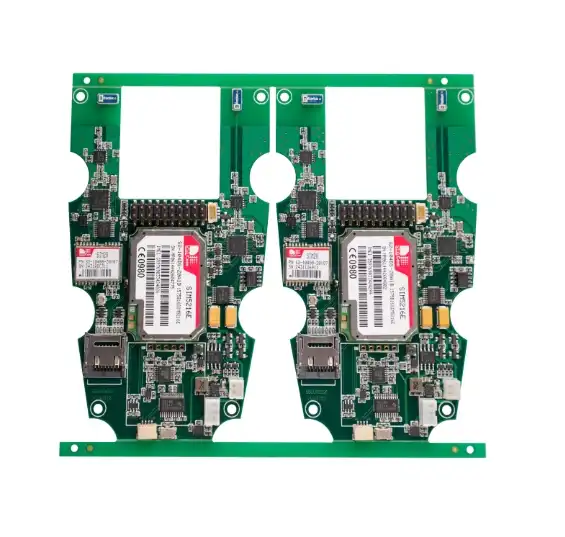Component Misalignment and Solder Bridging
Component misalignment and solder bridging are two of the most prevalent issues in PCB assembly. Misalignment occurs when components are not correctly positioned on the board, leading to poor connections or non-functional circuits. Solder bridging happens when excess solder creates unwanted connections between adjacent pads or leads.
Causes of Misalignment and Bridging
Several factors can contribute to these issues:
- Improper stencil design or application
- Incorrect solder paste volume
- Poor component placement accuracy
- Inadequate reflow profile
Solutions and Prevention
To address and prevent these problems, consider the following strategies:
- Optimize stencil design: Use laser-cut stencils with appropriate aperture sizes and shapes.
- Implement precise solder paste deposition: Utilize advanced printing equipment and monitor paste volume consistently.
- Enhance component placement accuracy: Invest in high-precision pick-and-place machines and regularly calibrate equipment.
- Fine-tune reflow profiles: Develop and maintain optimal temperature profiles for different board designs.
- Employ AOI and X-ray inspection: Integrate automated optical inspection (AOI) and X-ray systems to detect misalignments and bridging early in the process.
By implementing these measures, PCB assembly services can significantly reduce the occurrence of misalignment and bridging issues, ensuring higher quality and reliability in the final product.
Insufficient Solder Joints and Cold Solder
Insufficient solder joints and cold solder connections are serious defects that can compromise the integrity of PCB assemblies. These issues can lead to intermittent connections, poor electrical performance, and even complete circuit failure.
Understanding the Root Causes
Several factors can contribute to insufficient solder joints and cold solder problems:
- Inadequate solder paste volume
- Poor wetting of component leads or pads
- Incorrect reflow temperature profile
- Contamination on component leads or PCB pads
- Oxidation of surfaces
Effective Solutions and Preventive Measures
To address these issues and prevent their occurrence, consider implementing the following strategies:
- Optimize solder paste volume: Adjust stencil thickness and aperture design to ensure adequate solder paste deposition.
- Improve surface wettability: Ensure proper cleaning and preparation of PCB surfaces and component leads.
- Refine reflow profiles: Develop and maintain optimal temperature profiles that ensure proper solder melting and wetting.
- Implement rigorous cleanliness protocols: Establish strict cleanliness standards for components, boards, and assembly environment.
- Use nitrogen reflow: Consider using nitrogen atmosphere during reflow to minimize oxidation and improve solder joint quality.
- Employ advanced inspection techniques: Utilize X-ray inspection and automated optical inspection (AOI) to detect insufficient solder joints and cold solder connections.
- Conduct thermal profiling: Regularly perform thermal profiling to ensure uniform heating across the PCB during reflow.
By addressing these aspects, PCB assembly services can significantly reduce the occurrence of insufficient solder joints and cold solder issues, leading to more reliable and higher-quality electronic assemblies.
Component Damage and ESD-Related Issues
Component damage and electrostatic discharge (ESD) related issues are significant concerns in PCB assembly. These problems can lead to immediate component failure or latent defects that manifest over time, compromising the reliability and lifespan of electronic devices.
Identifying Sources of Component Damage and ESD
Several factors can contribute to component damage and ESD-related issues:
- Improper handling of components during assembly
- Inadequate ESD protection measures
- Excessive heat exposure during soldering
- Mechanical stress during placement or testing
- Contamination from improper storage or handling
Mitigating Strategies and Best Practices
To minimize component damage and ESD-related issues, consider implementing the following strategies:
- Establish comprehensive ESD control programs: Implement strict ESD prevention measures throughout the assembly process, including the use of ESD-safe equipment, materials, and clothing.
- Train personnel in proper handling techniques: Educate all staff on the importance of careful component handling and ESD prevention.
- Optimize reflow profiles: Develop and maintain temperature profiles that minimize thermal stress on components while ensuring proper solder joint formation.
- Implement automated handling systems: Utilize advanced pick-and-place machines and conveyor systems to reduce manual handling and associated risks.
- Employ moisture-sensitive device (MSD) management: Implement proper storage and handling procedures for moisture-sensitive components to prevent damage during reflow.
- Conduct regular equipment maintenance: Ensure all assembly equipment is properly maintained and calibrated to prevent unintended mechanical stress on components.
- Use advanced inspection techniques: Implement automated optical inspection (AOI) and X-ray systems to detect component damage or misalignment early in the process.
- Perform functional testing: Conduct thorough functional tests to identify any latent ESD damage or component issues before final product release.
By implementing these strategies, PCB assembly services can significantly reduce the risk of component damage and ESD-related issues, ensuring higher reliability and performance in the assembled electronic products.
Conclusion
Addressing common issues in PCB assembly is crucial for ensuring the quality and reliability of electronic products. Professional PCB Assembly Services play a vital role in this process by identifying potential defects early—such as solder bridging, component misalignment, or thermal stress—through rigorous testing and inspection procedures. These services ensure consistent performance, reduce production rework, and enhance overall product longevity, making them indispensable for high-quality electronic manufacturing.
By implementing robust quality control measures, advanced inspection techniques, and continuous process improvements, PCB assembly service providers can significantly reduce defects and enhance overall product performance. As technology advances and electronic devices become more complex, partnering with experienced PCB assembly manufacturers who utilize state-of-the-art equipment and adhere to industry best practices is essential for OEMs seeking high-quality, reliable electronic assemblies.

FAQ
What are the most common issues in PCB assembly?
The most common issues include component misalignment, solder bridging, insufficient solder joints, cold solder connections, component damage, and ESD-related problems.
How can PCB assembly services prevent solder bridging?
PCB assembly services can prevent solder bridging by optimizing stencil design, implementing precise solder paste deposition, enhancing component placement accuracy, and fine-tuning reflow profiles.
What inspection techniques are used in PCB assembly?
Common inspection techniques include Automated Optical Inspection (AOI), X-ray inspection, and In-Circuit Testing (ICT) to detect various assembly defects and ensure quality.
Advanced PCB Manufacturing Capabilities | Ring PCB
Ring PCB offers cutting-edge PCB manufacturing capabilities, including high-density stack-up designs with up to 48 layers, blind and buried vias, and tight trace/spacing tolerances. Our smart manufacturing facility, equipped with LDI laser exposure and vacuum lamination technology, ensures precision and reliability in every PCB we produce. For inquiries about our advanced PCB and PCBA services, contact us at [email protected].
References
1. Johnson, R. (2021). "Advanced Techniques in PCB Assembly: Solving Common Issues and Improving Reliability." Journal of Electronics Manufacturing, 15(3), 78-92.
2. Smith, A., & Brown, B. (2020). "ESD Prevention Strategies in Modern PCB Assembly Processes." International Conference on Electronics Assembly Technology, 112-125.
3. Lee, C., et al. (2022). "Optimization of Reflow Profiles for High-Density PCB Assemblies." IEEE Transactions on Components, Packaging and Manufacturing Technology, 12(4), 523-535.
4. Zhang, Y., & Wang, L. (2019). "Automated Optical Inspection in PCB Assembly: Advances and Challenges." Journal of Manufacturing Systems, 50, 63-75.
5. Patel, K. (2023). "Quality Control Measures for High-Reliability PCB Assemblies in Automotive and Aerospace Applications." International Journal of Advanced Manufacturing Technology, 114(5-6), 1587-1601.






